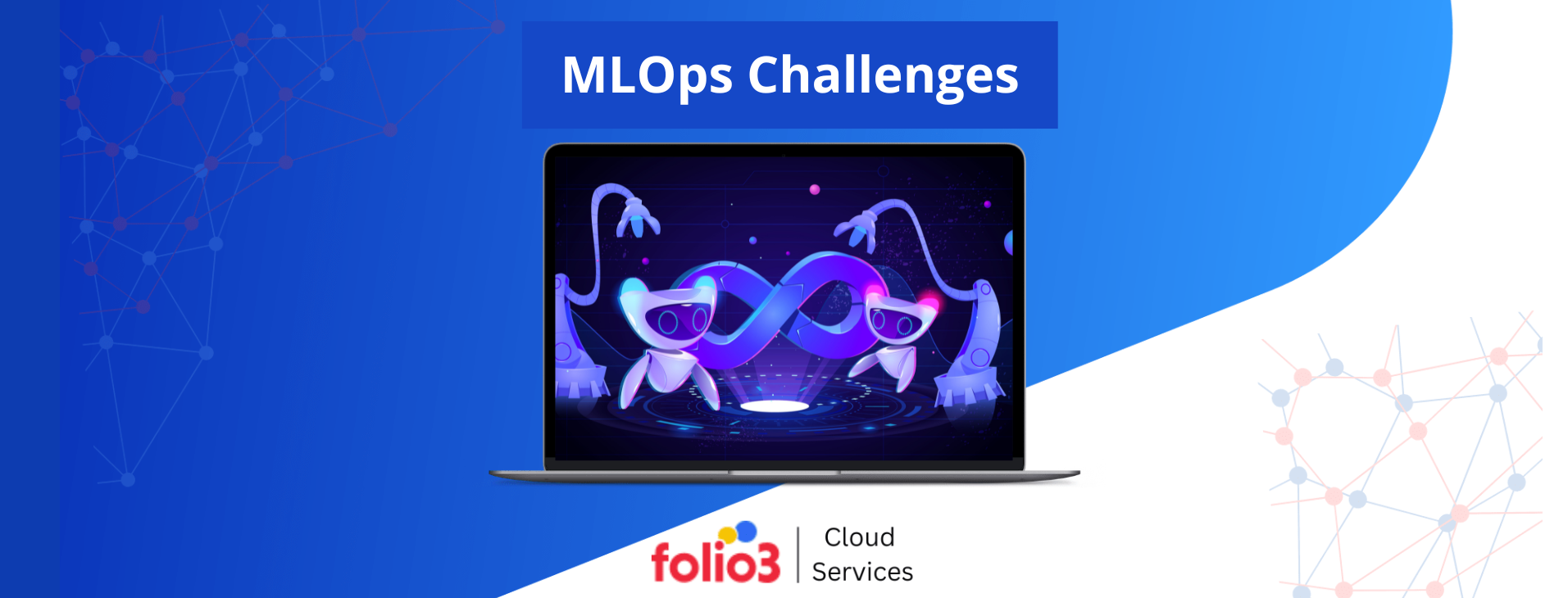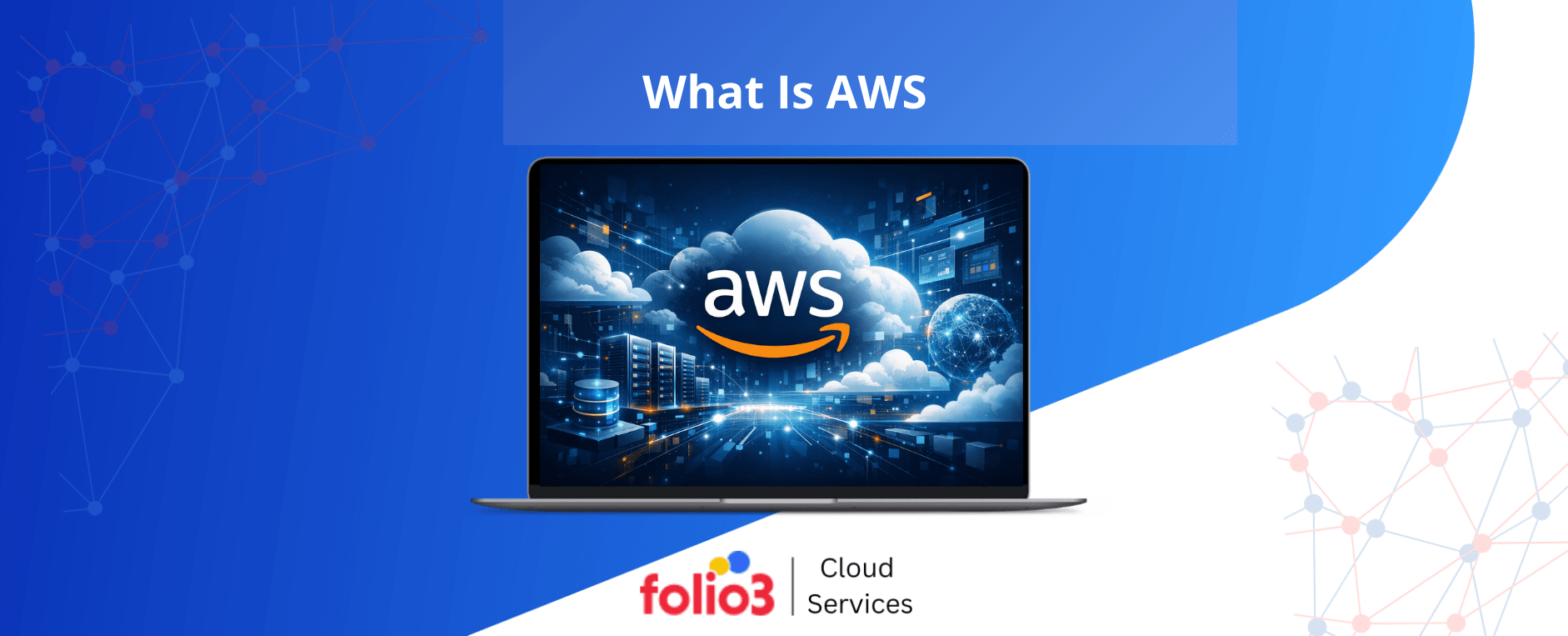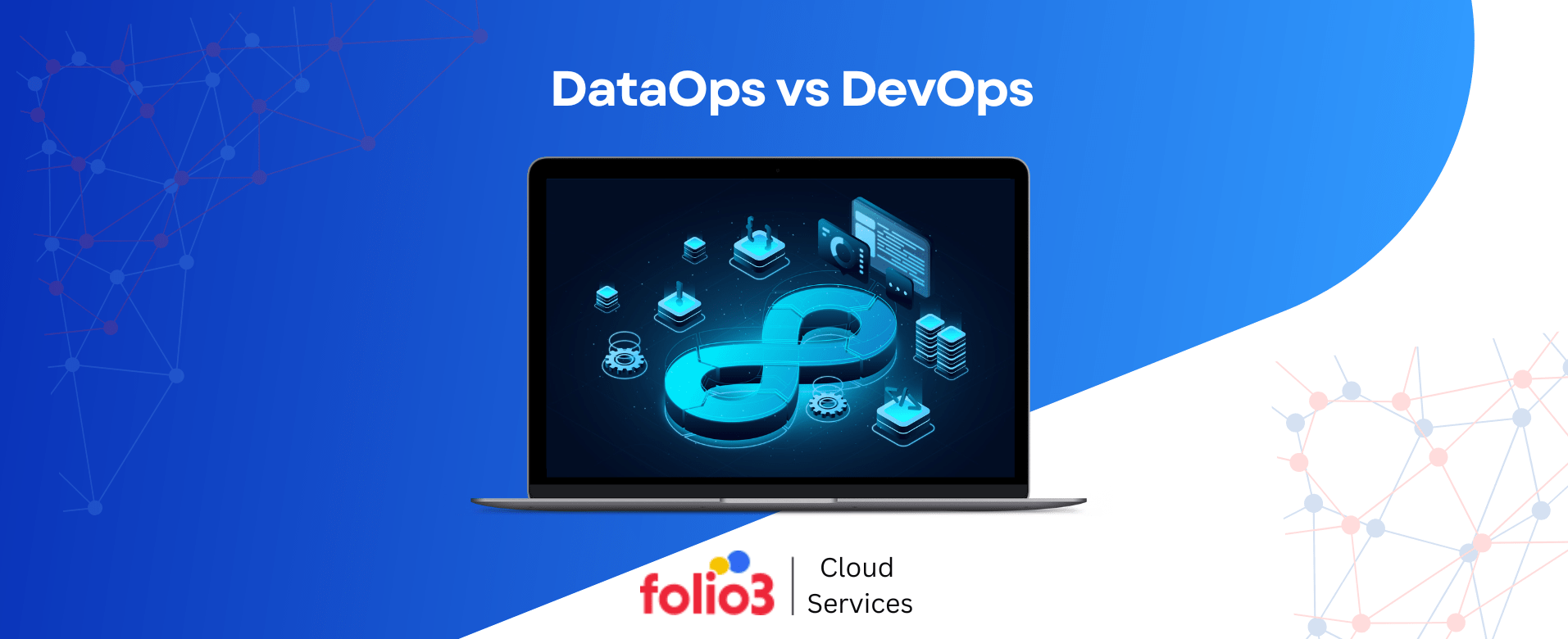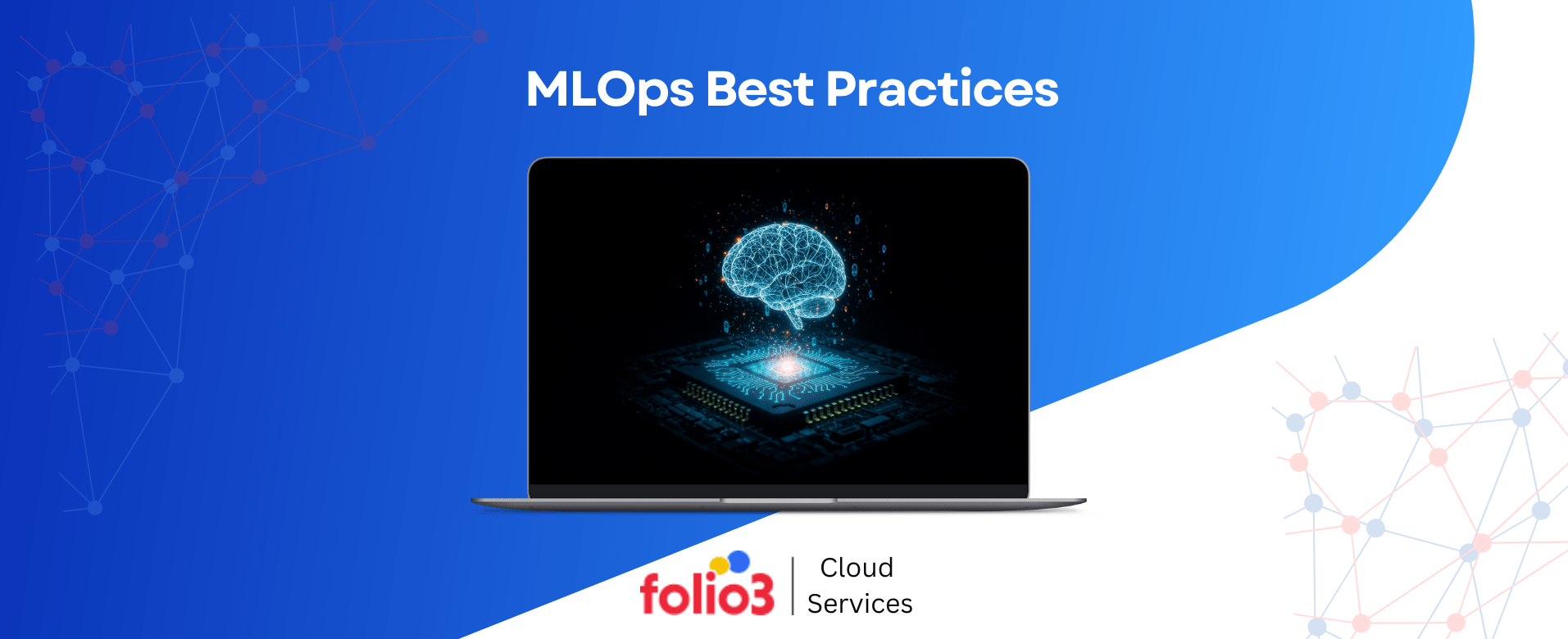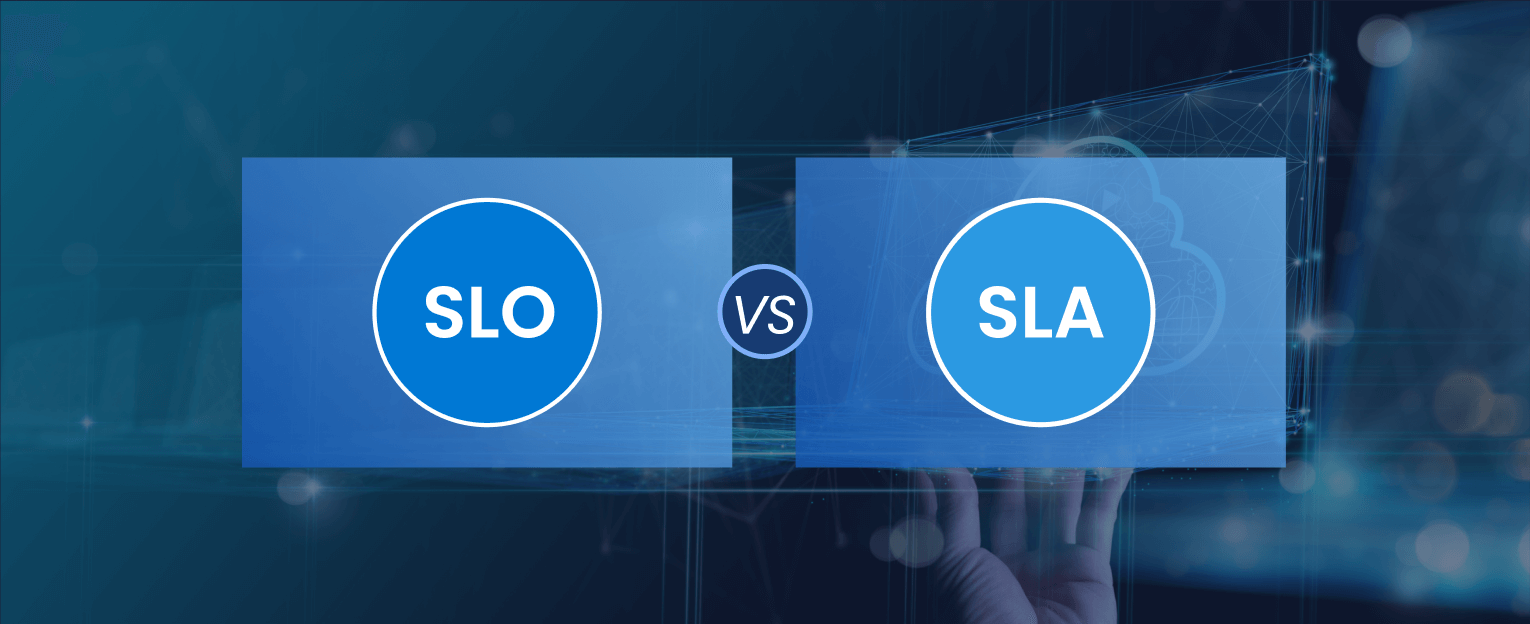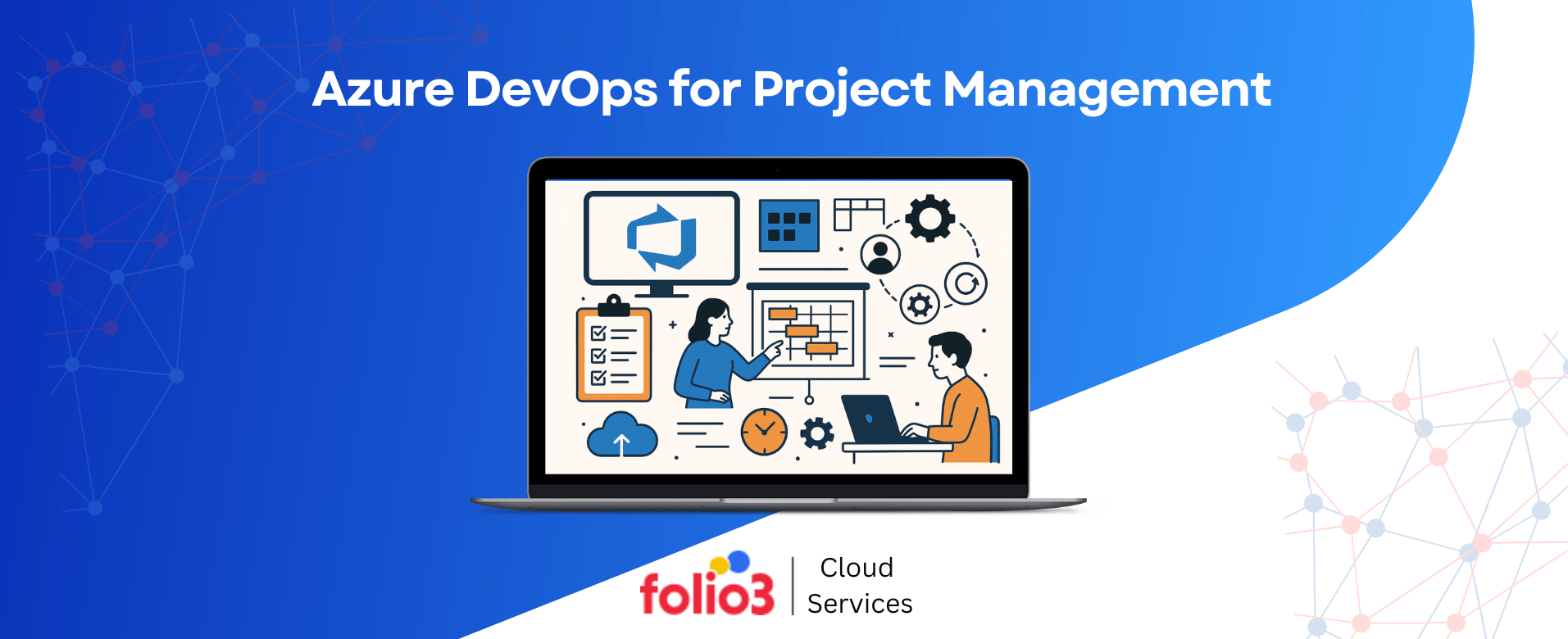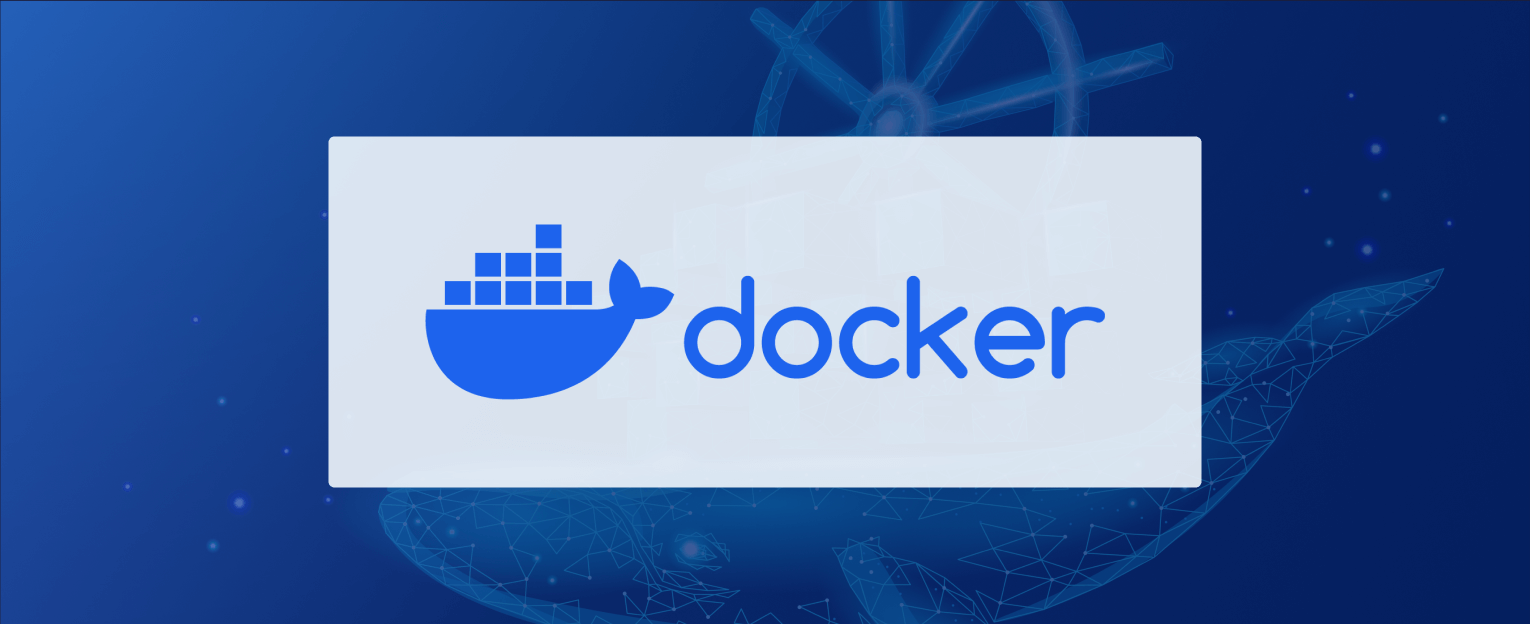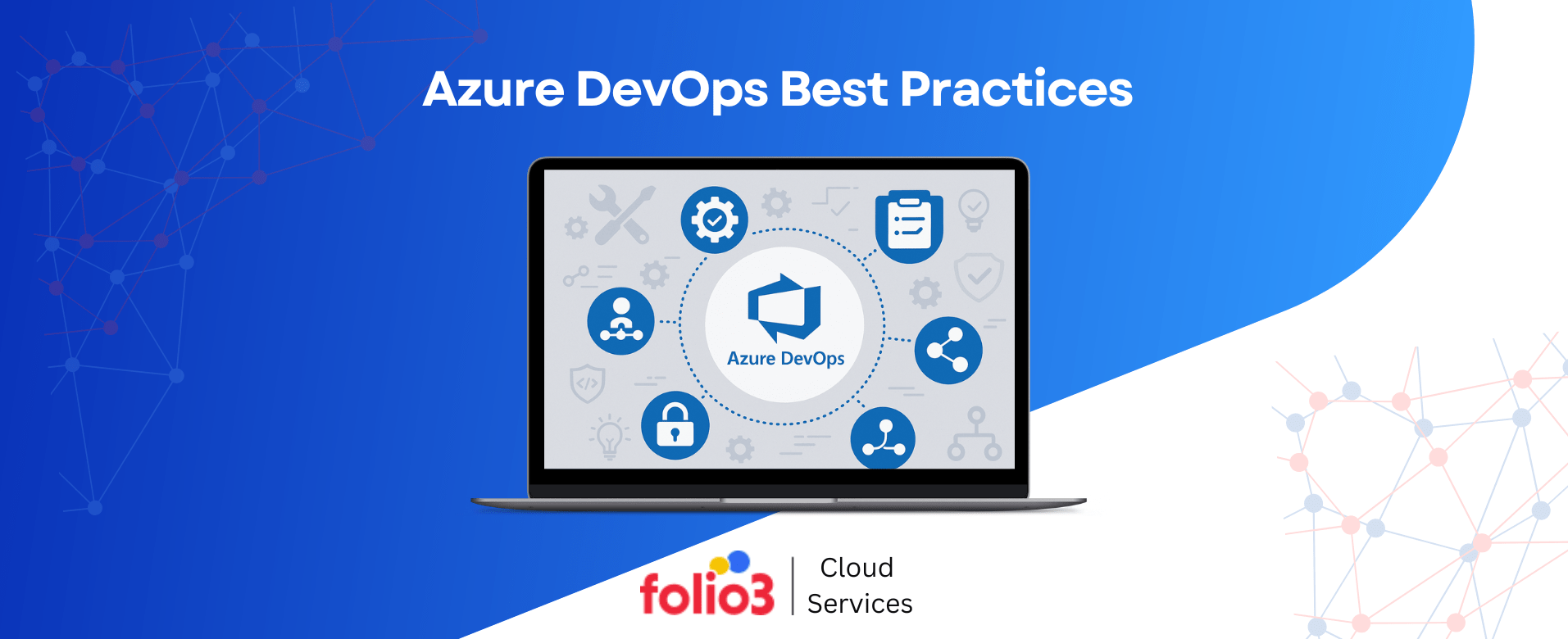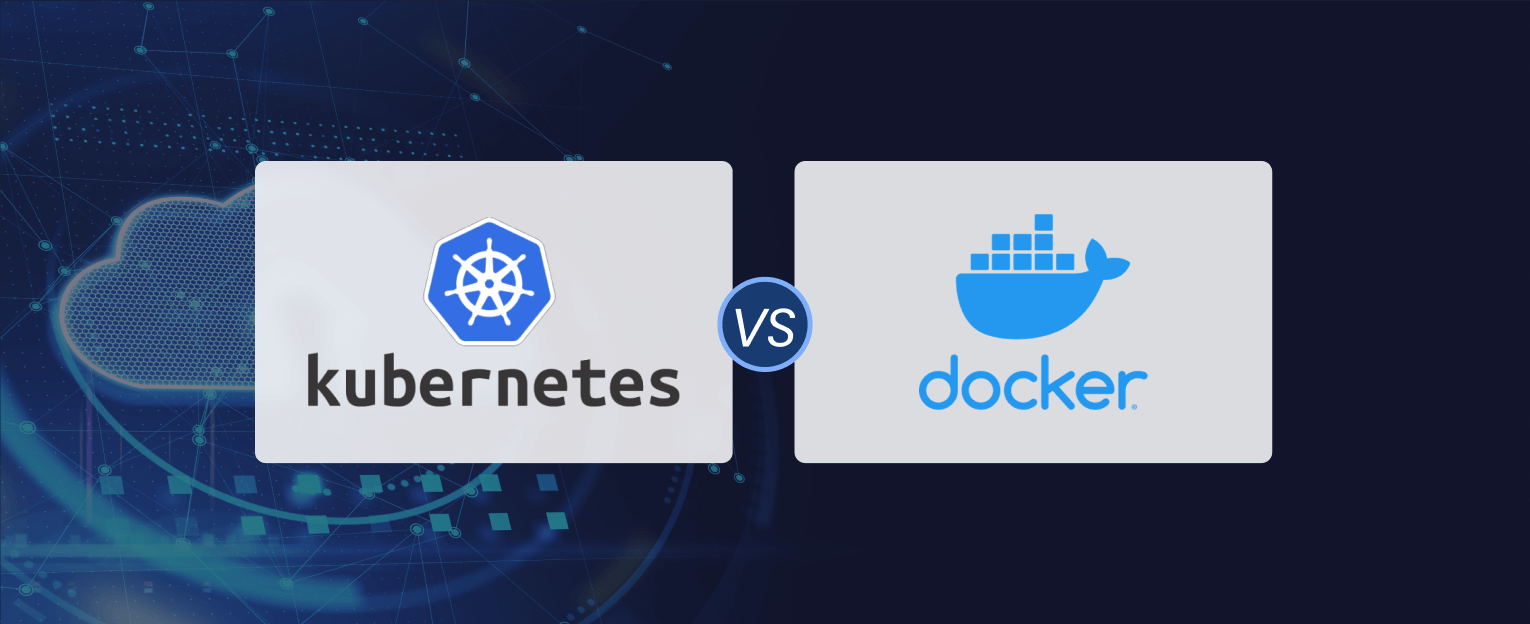Machine learning operations have become the backbone of successful AI initiatives, yet most organizations struggle to implement them effectively. While 87% of data science projects never make it to production, according to VentureBeat’s analysis, the gap between ML experimentation and real-world deployment continues to widen across industries.
The promise of MLOps is clear, to deliver streamlined workflows, automated deployments, and scalable AI systems that provide consistent business value. But the reality often involves fragmented processes, technical bottlenecks, and organizational friction that can derail even the most promising machine learning initiatives.
What is MLOps?
MLOps represents the intersection of machine learning, development operations, and data engineering practices designed to streamline the ML lifecycle from experimentation to production deployment.
Unlike traditional software development, machine learning systems require continuous monitoring, retraining, and validation against evolving data patterns. Models that perform well in development environments can fail catastrophically when deployed at scale, making operational discipline critical for sustainable AI programs.
The discipline encompasses everything from data pipeline management and model versioning to automated testing and deployment orchestration. A McKinsey case study describes a large bank in Brazil that reduced the time to impact of ML use cases from 20 weeks down to 14 weeks (30% reduction) by adopting MLOps and data engineering best practices.
Major MLOps Challenges and How to Solve Them
Enterprise MLOps implementation faces six critical challenge areas that can make or break AI initiatives. Each requires targeted solutions that address both technical and organizational complexities.
1. Data Challenges in MLOps
Data issues represent the most fundamental barrier to successful MLOps adoption, affecting model performance and operational reliability across the entire ML lifecycle.
Challenge
Poor data quality and inconsistency plague most enterprise ML initiatives. Salesforce’s State of Data report found that only 57% of data and analytics leaders are completely confident in their data, while line-of-business leaders have even less trust, with an average of 43% expressing full confidence. Missing values, inconsistent formatting, and duplicate records can cause models to make incorrect predictions or fail during inference.
Data drift compounds these challenges over time. Customer behavior patterns shift, market conditions change, and external factors influence the underlying data distributions that models were trained on. Netflix documented how its recommendation algorithms required constant retraining as viewer preferences evolved during the pandemic, demonstrating how even stable datasets can become unreliable.
Handling batch vs real-time pipelines creates architectural complexity that many engineering teams underestimate. Modern ML systems often need to process large datasets for training while simultaneously serving low-latency predictions for real-time applications. Uber’s ML platform team documented how they had to rebuild their entire data infrastructure to support both batch feature engineering for model training and low-latency feature serving for ride matching algorithms.
Solution
Implementing robust data validation and cleaning pipelines provides the foundation for reliable MLOps. Data validation frameworks like Great Expectations allow teams to define data quality rules that automatically flag anomalies before they impact model performance. These systems can detect schema changes, statistical drift, and data freshness issues that would otherwise go unnoticed until models start failing.
Using feature stores ensures consistency across teams by providing centralized repositories for feature definitions and transformations. Companies like Airbnb and Facebook have built feature stores that guarantee the same data transformations are applied during both training and serving phases, eliminating one of the most common sources of production failures.
Implementing cloud infrastructure management practices helps maintain these feature stores effectively across distributed systems.
Monitoring data drift with automated alerts and retraining triggers helps maintain model performance over time. Tools like Evidently AI and Whylogs provide pre-built monitoring capabilities that track key data metrics and trigger alerts when distributions shift beyond acceptable thresholds.
2. Model Development & Deployment Challenges
The handoff between data science experimentation and production deployment remains one of the most significant sources of friction in ML workflows.
Challenge
Slow handoff between data scientists and engineers creates significant bottlenecks in ML deployment. Data scientists typically work in notebook environments optimized for experimentation, while production systems require robust, scalable code that can handle enterprise traffic loads.
This transition often involves complete rewrites that introduce bugs and delay deployments. Establishing a strong DevOps culture promotes collaboration between data science and engineering teams.
Long training cycles and reproducibility issues compound deployment difficulties. Unlike traditional software, ML models depend on specific versions of training data, feature engineering code, hyperparameters, and even random seeds. Small changes in any of these components can lead to different model behavior, making it difficult to reproduce results or debug issues.
Difficulty in model versioning and deployment stems from the complexity of tracking not just code changes but also data lineage, model artifacts, and experiment metadata. Traditional version control systems aren’t designed to handle large datasets and model binaries effectively.
Solution
Adopting MLflow, DVC, or similar tools for versioning models and datasets provides the infrastructure needed for reproducible ML development. These tools track experiments, manage model artifacts, and maintain data lineage information that’s essential for debugging and compliance requirements.
Setting up CI/CD pipelines for ML automates deployment while maintaining quality gates. These pipelines typically include data validation, model performance testing, and gradual rollout mechanisms that minimize production risks.
Spotify’s ML engineering team reported that model deployment timelines decreased from weeks to days after implementing standardized MLflow tracking and automated testing pipelines. Exploring CI/CD tools helps teams select the right automation platform for their ML workflows.
Using containerization through Docker and Kubernetes creates portable model environments that run identically across development, staging, and production systems. Containers ensure that models have consistent dependencies and runtime environments, regardless of underlying infrastructure differences. Understanding Kubernetes and Docker helps teams choose the right containerization approach for their ML workloads.
4. Monitoring & Maintenance Challenges
Production ML models require fundamentally different monitoring approaches compared to traditional software applications, as performance can degrade silently over time.
Challenge
Detecting model drift and performance decay represents one of the most insidious challenges in production ML systems. Unlike traditional software bugs that typically cause immediate failures, model performance degradation often happens gradually and may not be detected until a significant business impact occurs. Amazon’s fraud detection systems famously experienced performance issues when COVID-19 changed shopping patterns, causing legitimate transactions to be flagged as fraudulent.
Lack of monitoring, logging, and observability creates blind spots in ML operations. Traditional application monitoring focuses on system metrics like CPU usage and response times. Still, ML systems require additional monitoring of model-specific metrics like prediction accuracy, feature importance changes, and data distribution shifts.
Leveraging expertise from DevOps consulting services can help organizations design continuous monitoring pipelines that bridge system and model-level observability.
Manual retraining slows agility and reduces responsiveness to changing conditions. Many organizations still rely on scheduled retraining or manual intervention when model performance degrades, leading to extended periods of suboptimal performance.
Solution
Implementing continuous monitoring dashboards using Prometheus, Grafana, and Evidently AI provides visibility into both system health and model performance.
These platforms can track traditional infrastructure metrics alongside ML-specific measures like prediction accuracy, feature importance, and data distribution shifts. Leveraging top DevOps monitoring tools ensures comprehensive observability across your ML infrastructure.
Automating retraining workflows with orchestration tools like Airflow and Kubeflow enables rapid response to performance degradation. These systems can automatically trigger model updates when monitoring alerts indicate performance issues, while including safeguards to prevent deployment of poorly performing models. Implementing DevOps automation practices streamlines these retraining pipelines and reduces manual intervention.
Standardizing monitoring metrics for accuracy, latency, and fairness creates consistent performance baselines across different model types and use cases. Key metrics often include technical measures like response time and throughput, along with business-specific KPIs that reflect actual impact on organizational outcomes. Implementing DevOps monitoring strategies ensures comprehensive visibility across all ML system components.
5. Scalability & Infrastructure Challenges
Enterprise ML deployments must handle varying workloads, integrate with existing systems, and maintain cost efficiency while supporting diverse model types and serving requirements.
Challenge
Running ML models at enterprise scale presents unique challenges that don’t exist in traditional software applications. ML inference workloads can vary dramatically based on business cycles, user behavior, and external events.
E-commerce recommendation systems might see 10x traffic spikes during holiday shopping periods, while fraud detection models need to maintain consistent low-latency responses regardless of transaction volumes. Implementing horizontal and vertical scaling strategies helps manage these variable workload demands.
Infrastructure costs and inefficiency often result from static provisioning approaches that lead to either over-provisioning (wasting resources) or under-provisioning (causing performance issues).
Traditional infrastructure management doesn’t account for the variable and often unpredictable resource requirements of ML workloads. Implementing cloud cost optimization best practices helps organizations manage ML infrastructure expenses effectively.
Multi-cloud or hybrid environment complexity multiplies when supporting ML workloads that may have specific hardware requirements like GPUs or specialized chips, along with data residency constraints that vary by jurisdiction and industry.
Solution
Using cloud-native MLOps platforms like AWS SageMaker, GCP Vertex AI, and Databricks provides managed infrastructure that handles scaling, monitoring, and deployment complexity. These platforms typically include built-in model serving, automated scaling, and integration with existing enterprise systems.
Leveraging serverless and autoscaling infrastructure optimizes costs by automatically adjusting resources based on demand. These platforms can scale to zero when not in use, eliminating idle resource costs while maintaining the ability to handle traffic spikes. Understanding scalability in cloud computing ensures your ML infrastructure can handle varying workloads efficiently.
Building modular infrastructure with Infrastructure as Code using Terraform enables consistent, version-controlled infrastructure deployments across different environments. This approach reduces configuration drift and makes disaster recovery more reliable while supporting the complex requirements of ML workloads. Adopting Infrastructure as Code best practices ensures reproducible and scalable ML infrastructure.
6. Governance, Compliance & Security Challenges
Regulatory requirements and corporate governance policies create additional complexity for ML operations, particularly in highly regulated industries like healthcare and financial services.
Challenge
Compliance with data regulations like GDPR and HIPAA imposes specific requirements on how ML systems handle personal data. These regulations often require explainability, data lineage tracking, and the ability to delete or modify individual data points, which can conflict with ML system architectures optimized for performance and scalability.
Applying MLOps best practices helps organizations balance these regulatory demands with system performance by embedding governance and monitoring throughout the pipeline.
Bias and lack of explainability in models have become regulatory requirements in many jurisdictions. The EU’s proposed AI Act includes specific provisions for high-risk AI applications, while financial regulators increasingly scrutinize algorithmic decision-making systems. Model bias can lead to discriminatory outcomes that violate civil rights laws and damage organizational reputation.
Security gaps in ML pipelines introduce new attack vectors that traditional security tools may not address. Adversarial attacks can manipulate model behavior, while data poisoning attacks can compromise training datasets.
Model theft and intellectual property protection present additional challenges, particularly when models are deployed in edge environments. Implementing AWS security measures provides robust protection for cloud-based ML systems.
Solution
Integrating model explainability tools like SHAP and LIME helps teams understand model decision-making processes, supporting both regulatory compliance and internal auditing requirements. These tools can generate explanations for individual predictions or global model behavior patterns that satisfy regulatory scrutiny.
Applying privacy-preserving techniques such as differential privacy and encryption enables ML development while protecting sensitive data. These approaches allow organizations to gain insights from data without exposing individual records, supporting both regulatory compliance and competitive advantage. Implementing cloud data governance frameworks ensures data privacy and compliance across ML pipelines.
Building role-based access controls and secure DevOps practices into ML pipelines creates comprehensive security frameworks. These systems typically include audit trails that track who accessed what data and when, supporting both security investigations and regulatory compliance requirements. Understanding DevOps security principles is essential for protecting ML pipelines from vulnerabilities.
7. Organizational & Cultural Challenges
Cultural and structural challenges often prove more difficult to address than technical issues, as they require changes in team dynamics and established workflows.
Challenge
Silos between data science, IT, and DevOps teams create communication gaps and misaligned priorities. Data science teams often operate independently from engineering and operations groups, leading to inefficient handoffs and conflicting optimization targets. Data scientists may optimize for model accuracy while engineers prioritize system reliability and scalability.
Lack of MLOps expertise and training creates skills gaps that slow adoption and reduce effectiveness. MLOps requires a combination of skills that few individuals possess altogether, including expertise in machine learning, software engineering, infrastructure management, and domain-specific knowledge.
Many organizations struggle to find qualified MLOps engineers or to upskill existing teams. Understanding various DevOps roles helps organizations structure their MLOps teams effectively.
Resistance to adopting new workflows stems from established processes and comfort with existing tools. Different teams typically use different technologies, metrics, and methods, making collaboration difficult and creating friction when implementing new MLOps practices.
Solution
Promoting a cross-functional team structure that combines DevOps, DataOps, and ML engineering roles helps bridge organizational silos. Successful MLOps implementations typically require dedicated platform teams that focus on building shared infrastructure and tools that both data scientists and engineers can use effectively. Understanding DataOps and DevOps clarifies how these disciplines complement each other in ML operations.
Providing training programs for upskilling in MLOps tools and practices addresses capability gaps while building organizational buy-in. Training programs should emphasize collaboration skills alongside technical capabilities, with cross-functional workshops and project rotations helping team members understand different perspectives. Successful DevOps implementation requires comprehensive training and organizational alignment.
Encouraging a data-as-a-product mindset helps align business and technical teams around shared outcomes rather than individual metrics. This approach treats data and models as products with defined quality standards, ownership, and customer success measures, creating accountability and shared ownership across organizational boundaries.

Real-World Examples of MLOps Challenges & Fixes
E-commerce – Data Drift
Shopify documented how their product recommendation models experienced significant performance degradation during the 2020 holiday season. Changing consumer behavior patterns caused their training data to become outdated, leading to poor recommendation quality that affected conversion rates. Their solution involved implementing real-time drift detection that monitored key feature distributions and automatically triggered model retraining when changes exceeded predefined thresholds.
Banking – Model Bias
JPMorgan Chase invested heavily in bias detection systems after regulatory scrutiny of their lending algorithms. Their MLOps platform now includes automated fairness testing that evaluates models across different demographic groups before deployment.
The bank implemented continuous monitoring that tracks model performance across protected attributes, ensuring that models don’t develop biased behavior over time as data patterns change.
Leveraging generative AI ethics in cloud consultancy helps organizations address bias and fairness concerns proactively.
Healthcare – Compliance Risks
Kaiser Permanente’s ML platform includes built-in HIPAA compliance features that automatically handle data encryption, access logging, and patient consent management. Their MLOps workflows include privacy impact assessments and data lineage tracking required for regulatory audits, demonstrating how compliance requirements can be integrated into ML operations without sacrificing performance. Understanding cloud security in healthcare is critical for protecting patient data in ML systems.
Retail – Deployment Delays
Target streamlined its ML deployment process after experiencing weeks-long delays between model development and production release.
They implemented automated testing pipelines that validate model performance, data dependencies, and integration compatibility before deployment approval, reducing deployment times from weeks to days. Building a robust DevOps pipeline accelerates ML model deployment while maintaining quality standards.
Streaming – Real-Time Scaling
Netflix’s recommendation system handles millions of concurrent users with sub-second response requirements. Their MLOps platform automatically scales inference capacity based on viewer demand while maintaining consistent model performance across different traffic patterns, demonstrating how infrastructure automation can handle extreme scale requirements.
Telecom – Monitoring Gaps
Verizon implemented comprehensive ML monitoring after network optimization models began making suboptimal decisions due to undetected performance drift. Their monitoring system now tracks both technical metrics and business outcomes, providing early warning of model degradation before it impacts customer experience.
How Folio3 Cloud Services Helps Solve MLOps Challenges?
Folio3 offers MLOps consulting services that address the full spectrum of implementation challenges through a systematic approach that combines technical expertise with organizational change management. Our team works with enterprises to design MLOps architectures that align with existing infrastructure while supporting future scalability requirements.
We help organizations establish data governance frameworks that ensure model reliability while meeting regulatory compliance requirements. Our approach includes implementing monitoring systems, establishing retraining workflows, and creating cross-functional collaboration processes that sustain long-term MLOps success.
FAQs
What are the biggest challenges in MLOps?
Data quality issues, model deployment complexity, and organizational silos represent the most significant barriers to MLOps success. Technical challenges often have established solutions, while cultural and process changes require sustained organizational commitment.
How do you overcome MLOps challenges?
Successful MLOps implementation requires coordinated solutions across technology, process, and organizational dimensions. Start with pilot projects that demonstrate value, then systematically address infrastructure, monitoring, and governance requirements while building cross-functional collaboration.
Why is MLOps difficult to implement?
MLOps complexity stems from the intersection of multiple disciplines, including machine learning, software engineering, and operations management. Unlike traditional software development, ML systems require continuous monitoring and retraining, creating operational overhead that many organizations underestimate.
What tools can help solve MLOps challenges?
Key tool categories include experiment tracking (MLflow, Weights & Biases), data versioning (DVC, Pachyderm), model serving (Kubernetes, cloud platforms), and monitoring (Evidently AI, Fiddler). Tool selection should align with existing infrastructure and organizational capabilities.
How do MLOps challenges affect business outcomes?
Poor MLOps practices lead to delayed model deployments, inconsistent performance, and increased operational costs. Organizations with mature MLOps capabilities typically see 30-50% reductions in model deployment times and improved model reliability that directly impacts revenue and customer satisfaction.
How do organizations measure success in overcoming MLOps challenges?
Success metrics should include both technical measures like deployment frequency and model accuracy, along with business outcomes such as revenue impact and cost savings. The most effective measurement frameworks track leading indicators like team collaboration and process efficiency alongside lagging indicators like business results.
What role does automation play in solving MLOps challenges?
Automation reduces manual effort, improves consistency, and enables rapid response to changing conditions. Key automation areas include data validation, model testing, deployment processes, and monitoring alerts. However, automation must be balanced with human oversight to maintain quality and handle edge cases.
Conclusion
MLOps challenges are complex and multifaceted, requiring coordinated solutions across technology, process, and organizational dimensions. Success depends on treating MLOps as a strategic capability rather than a purely technical implementation, with sustained investment in people, processes, and platforms.
Organizations that address these challenges systematically can unlock significant competitive advantages through more reliable, scalable, and impactful machine learning systems. The key lies in starting with clear business objectives, building cross-functional collaboration, and implementing solutions incrementally while maintaining focus on measurable outcomes.
The future belongs to organizations that can operationalize machine learning effectively, turning AI from an experimental capability into a core business advantage that delivers consistent value at scale.
Partnering with Folio3 Cloud Services can accelerate this transformation, bringing proven expertise in cloud, AI, and data integration to help enterprises operationalize machine learning effectively. The future will belong to those who can embed AI into the core of their business, turning it into a lasting competitive advantage.

